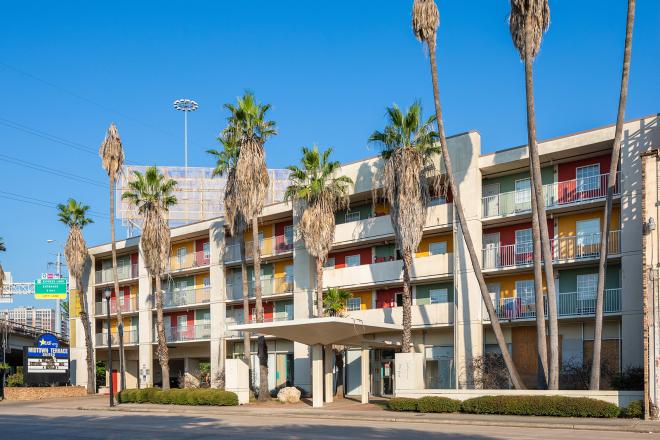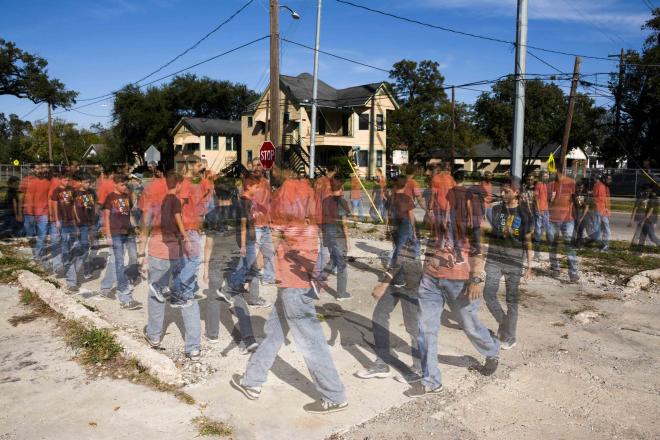This post is excerpted from "The Mountains of Houston: Environmental Justice and the Politics of Garbage," published in Cite 93.
In 1990, environmental justice leaders sent a letter to the “Big Ten” environmental and conservation groups (Sierra Club, Sierra Club Legal Defense Fund [now Earthjustice], National Audubon Society, National Wildlife Federation, Environmental Defense Fund, Environmental Policy Institute/Friends of the Earth, Izaak Walton League, The Wilderness Society, National Parks and Conservation Association, and Natural Resources Defense Council), charging them with elitism, classism, and paternalism. The letter also called their attention to their lack of diversity in terms of staff, board members, and program. A March 2013 Washington Post article headlined “Within mainstream environmentalist groups, diversity is lacking,” hit on this same theme more than two decades later.
Progress in Houston has been slow and uneven. Although Houston is a city with people of color in the majority, for some reason it has not developed a strong network of environmental justice organizations to address issues facing its people of color population such as those in New York, Los Angeles, and Chicago. Although the city has several well-known environmental justice groups run by people of color (Texas Environmental Justice Advocacy Services among them), much of the heavy environmental lifting in Houston is still left to the White environmental groups. One need only examine the member groups of the Houston-Galveston Citizens’ Environmental Coalition (CEC) to see that Houston’s environmental community has a serious diversity problem. Of the 102 CEC member groups, only two are organized by people of color (Great Plains Restoration Council and Pleasantville Environmental Coalition).
Given the diversity challenges of Houston’s environmental organizations and the limited capacity of local environmental justice groups, one has to wonder who is setting the environmental priorities for the city’s majority people of color population --- including issues of waste management, pollution prevention, health equity, green schools, transportation equity, food security, parks justice and green services access, smart growth, just sustainability, clean and renewable energy, and climate justice.
One also has to wonder if the historical targeting of Black and Hispanic neighborhoods for locally unwanted land uses (LULUs) would be allowed if Houston possessed strong environmental justice organizations and networks. Clearly, Houston is not New York or Chicago, cities that have produced some remarkable leaders who have built multiethnic organizations and networks. Majora Carter of Sustainable South Bronx won a 2005 MacArthur “Genius” Grant for her environmental justice work. Another New Yorker, Peggy Shepard of We Act for Environmental Justice in Harlem, won the 2006 Heinz Award for her work. And Kim Wasserman of Little Village for Environmental Justice in Chicago won the 2013 Goldman Prize for Environment in North America.
Houston is not Los Angeles. Despite similarities in terms of racial and ethnic diversity, Houston has not been able to capitalize on its diversity to grow a robust multiracial, multi-issue network of environmental and social justice organizations that have expertise in organizing, education, policy making, legal action, and scientific research.
How much of the blame for this limited capacity in Houston rests with poor funding? No social movement can sustain itself over time without adequate funds. Nationally, funders spent a whopping $10 billion between 2000 and 2009 on environmental groups. However, just 15 percent of the environmental grant dollars benefited marginalized communities, and only 11 percent went to advancing “social justice” causes, such as community organizing. Environmental justice groups need funding to build capacity. Constrained funding in Houston has made it difficult for efforts at building organizational infrastructure, community organizing, leadership development, and effective participation in the policy arena to succeed. This lack is particularly shortsighted given that building a potent environmental justice presence in Houston will make us a much healthier and more livable city for all.
More >>>
Read all Cite 93 content.











